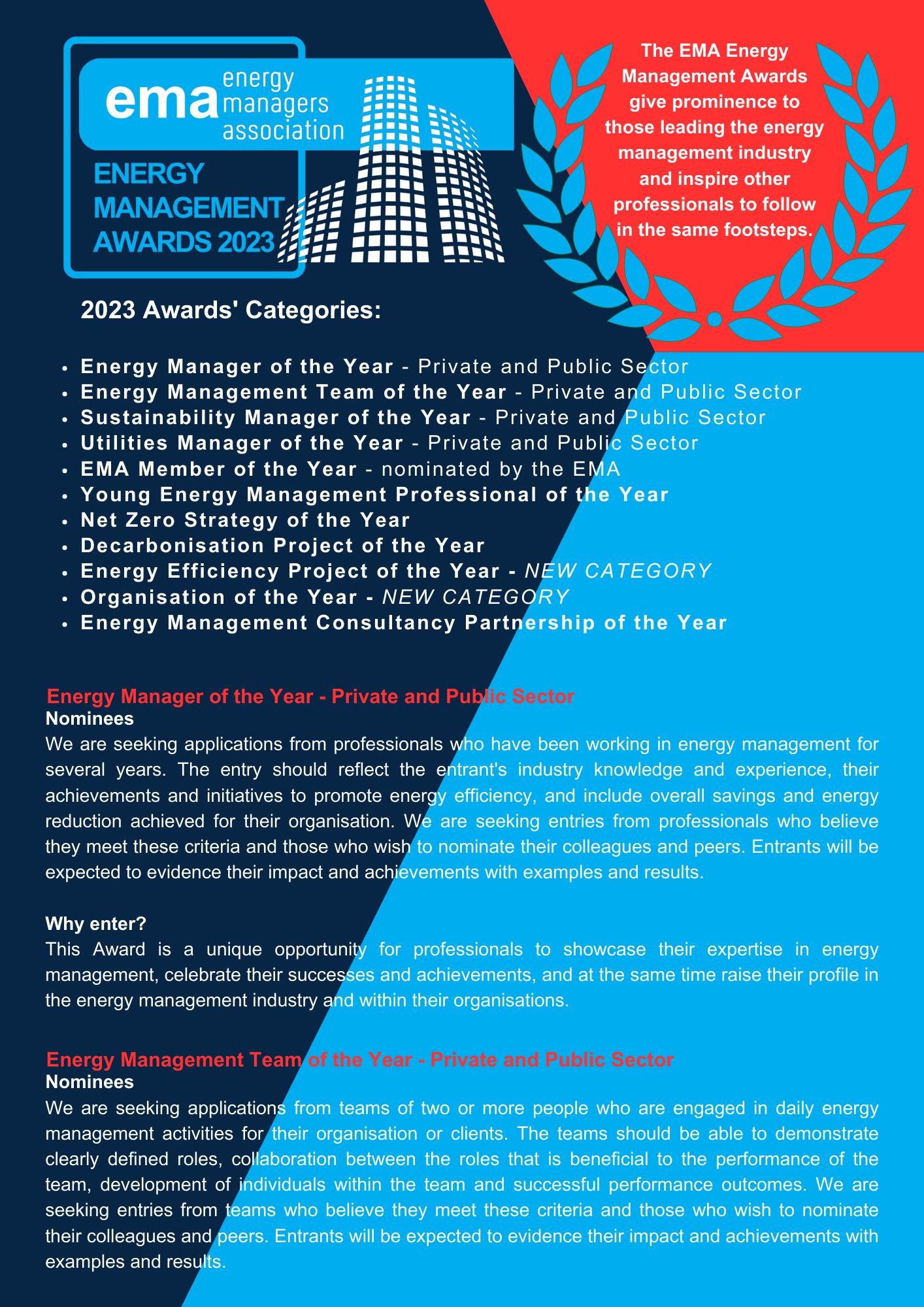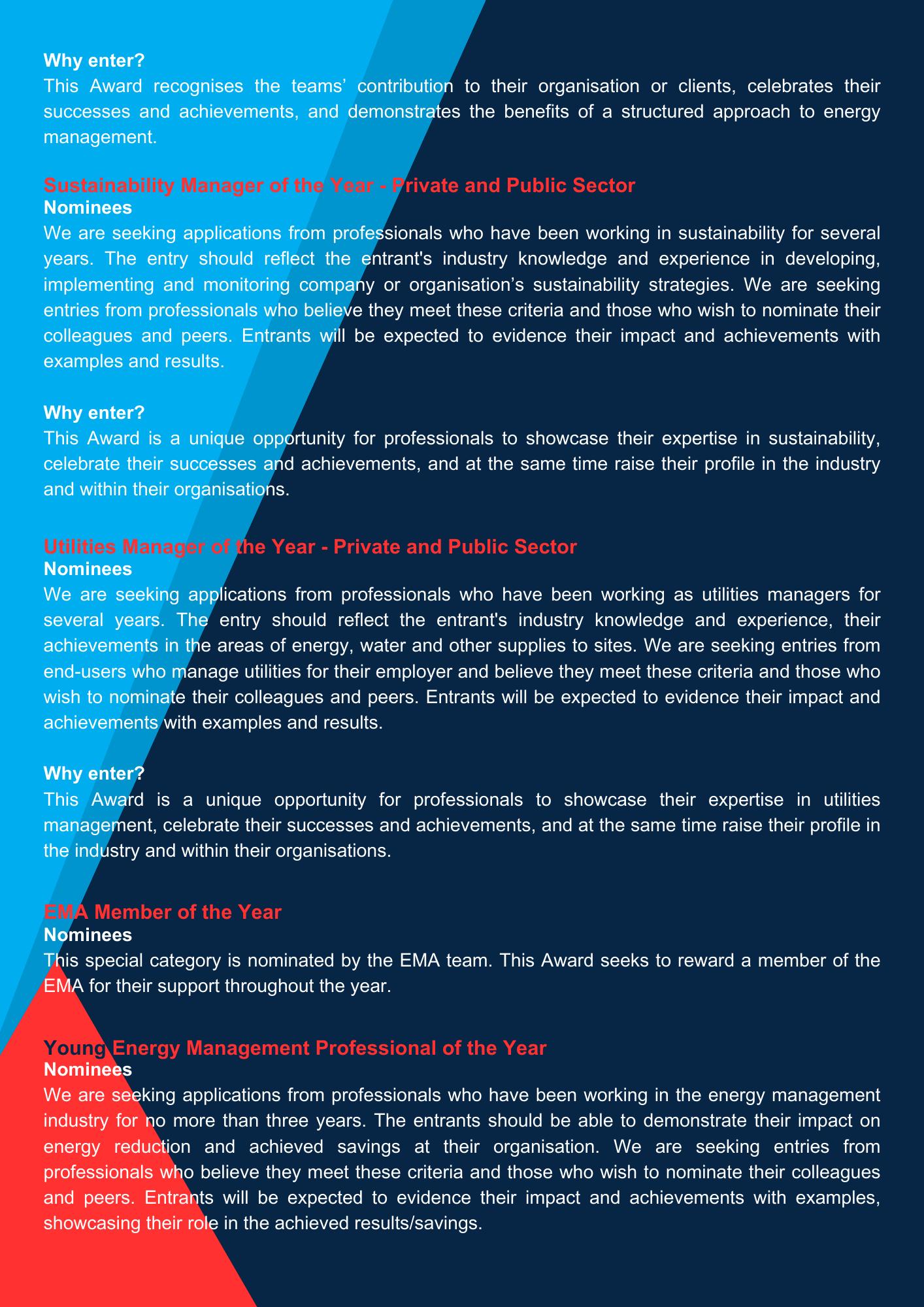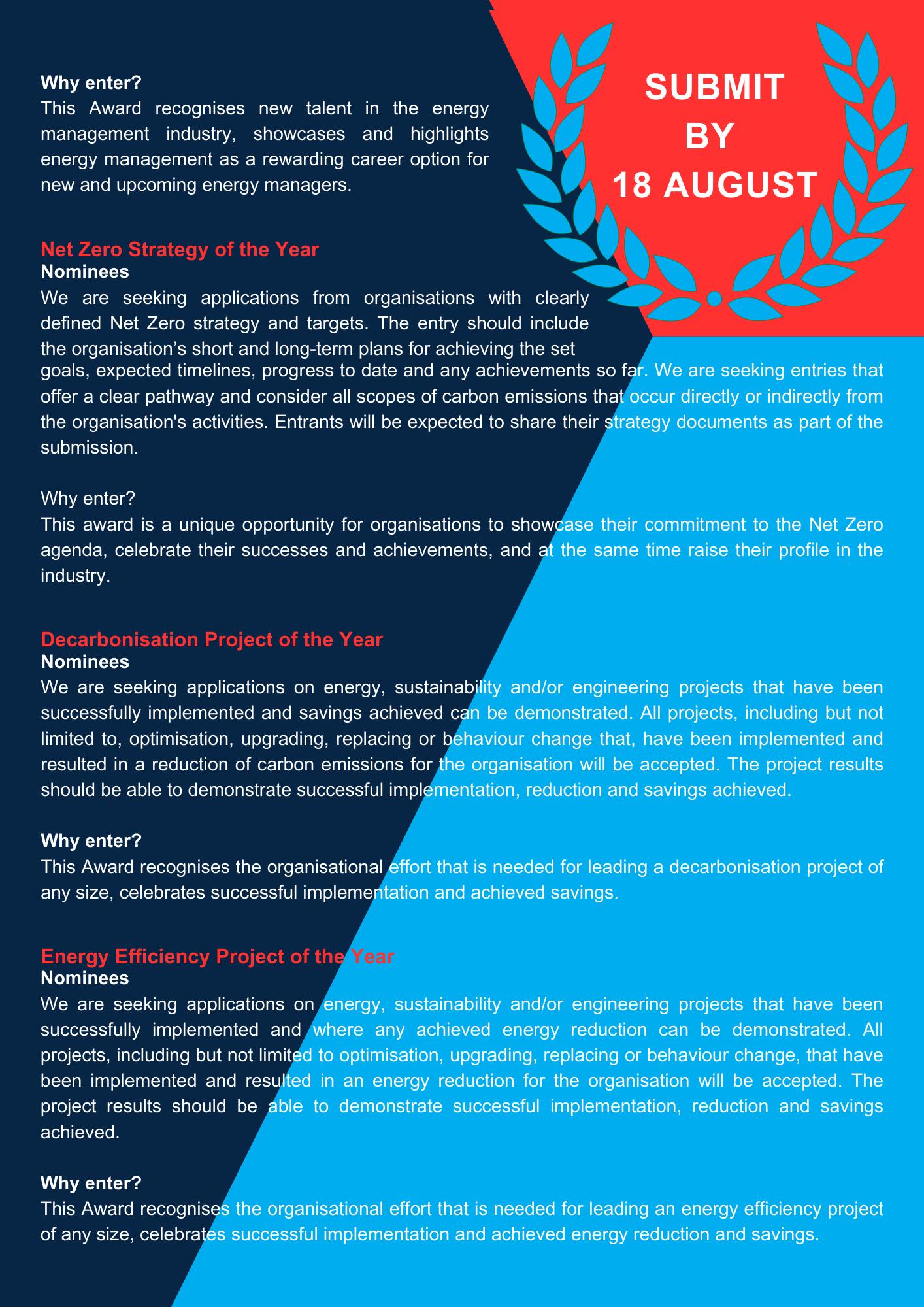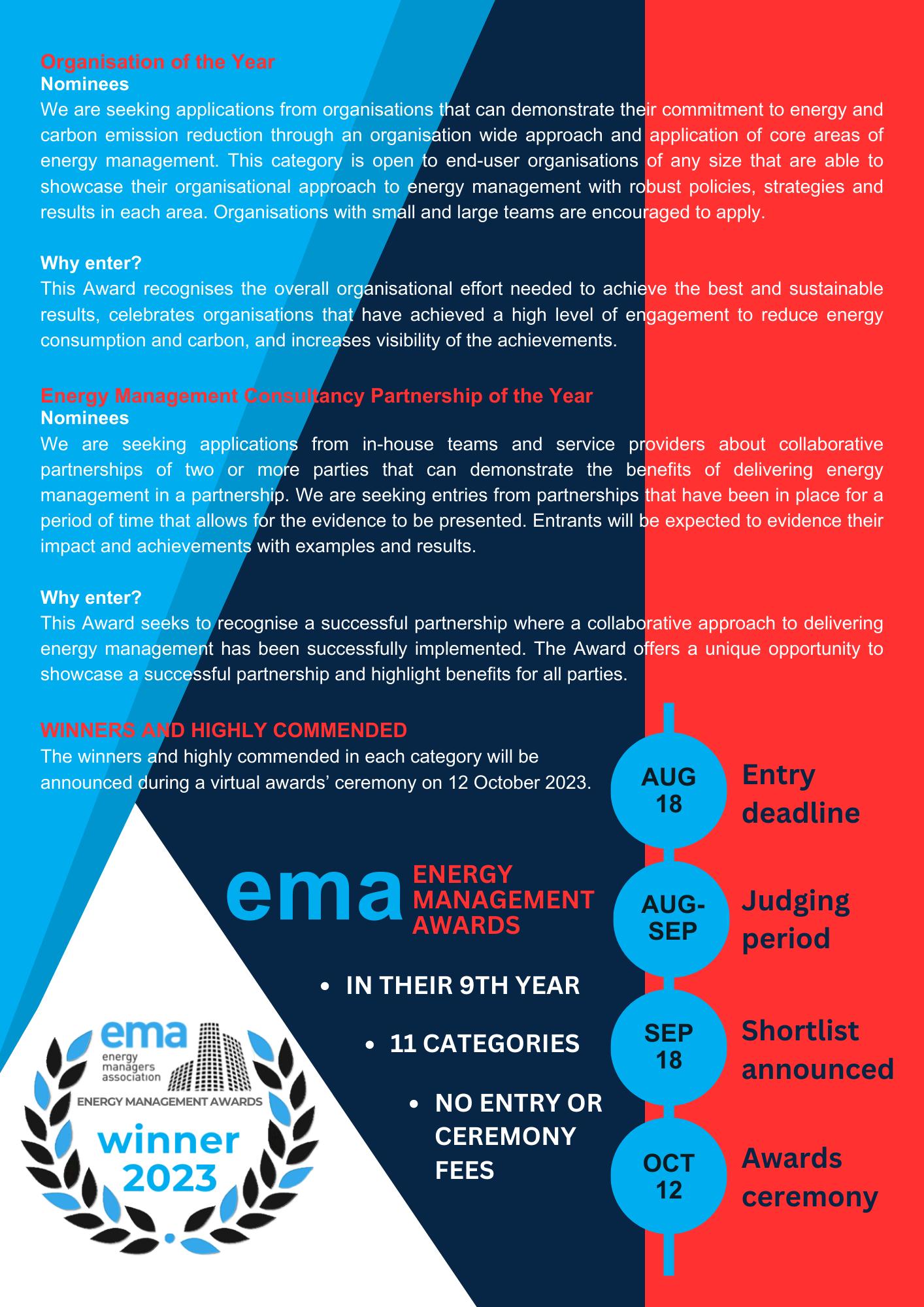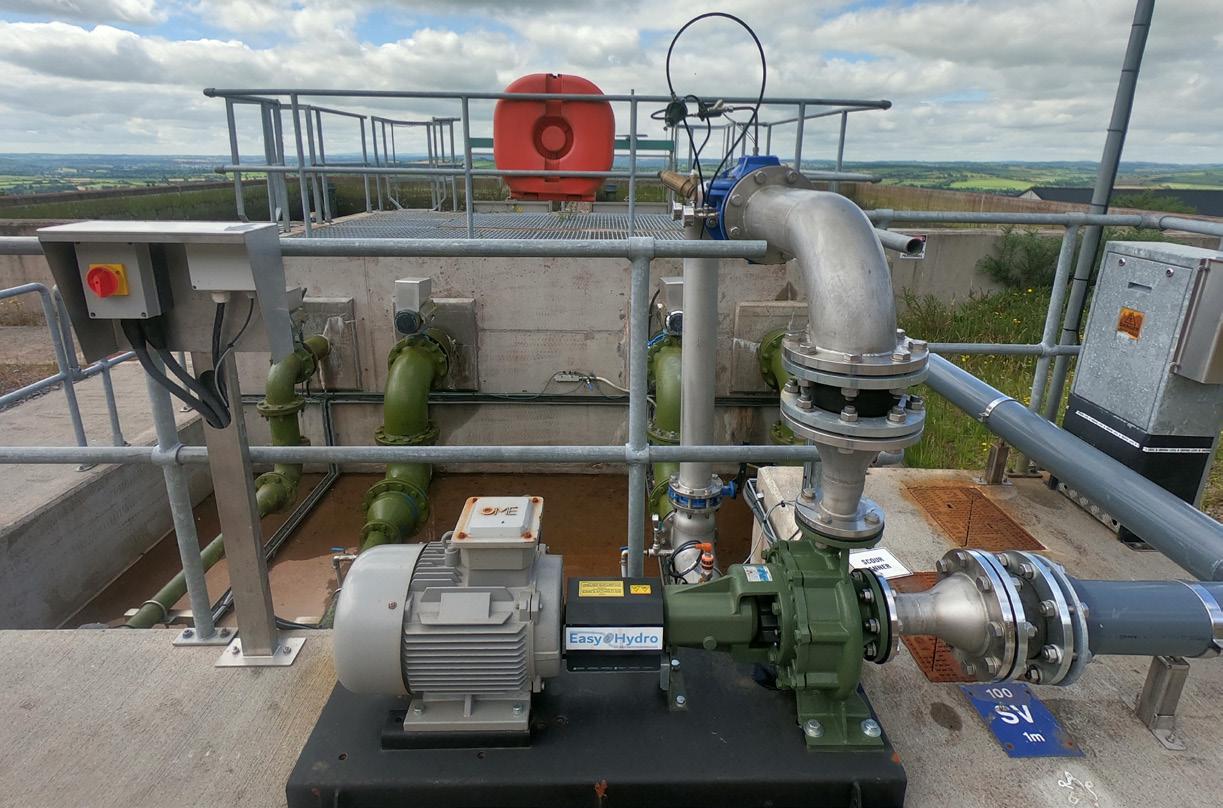
6 minute read
Recovering Invisible Waste a.k.a “Can you really put a hydro there?!!”
Large businesses are getting good at spotting their waste and minimising it: Reducing it; Recycling it. Yet for many of these, if they are large water users, there may be another waste that they don’t see: the excess water pressure in their pipes…
We are probably all familiar with the concept of hydro-electric generation. We may have seen the large turbine houses by the dams of Scottish lakes or smaller, community scale, units on lakes and rivers. Perhaps you have visited one of the UK’s pumpstorage sites like “electric Mountain” in North Wales… but have you heard about a hydro down a mine, a hydro in a processing plant and even a hydro on a cooling system? All three, and more, are sites benefiting from new developments in hydro-energy-recovery.
Advertisement
Let’s take a brief look at the theory. How much water does a business use when it is operating? Big industrial plants usage can be well into the millions of litres a day (1 million litres per day is just over 10 litres per second). The water often arrives pressurised from a lake or storage pond and then gains further momentum as it flows down and around the site to the locations where it is needed.
Take a mineral processing plant (this one happens to be in Italy). It uses 150 litres a second when operating. Being mindful of waste, this plant recycles its water in a closed loop cleaning it up and then pumping it back to the start of the cycle. From the last stage of the treatment process there is an 11m drop to get to the storage pond from where it is then pumped back. That drop is around 16kW of potential energy (i.e., in a perfect system). The question is: how can that energy be recovered and used in a commercially viable way?
1870 at Cragside in Northumberland, UK, by William Armstrong, a scientist and entrepreneur. Though upgraded and refurbished since, there is still a hydro at Cragside. Hydro-turbines now come in a huge variety of shapes and sizes and are very efficient ways of recovering energy. However, most need to be made to measure which can make them too expensive for most businesses who may want to take steps towards a low waste, low carbon future but still need to keep a close eye on costs.
There are also hydro energy recovery devices that can be bought “off-theshelf”. For example, it has long been known that a pump and motor can, in theory, also work backwards as a turbine and generator. Pumps are widely used and relatively easy to source and maintain.
Technically, there are many well established ways of recovering this energy. Small scale, or micro-hydro, has been around for years - 153 years to be precise. The first system was installed in
However, unlike the made-to-measure turbines such as a Pelton, Francis or Kaplan, they have a reputation for often being inefficient in converting the potential energy to electrical energy and for being inflexible for situations where the flow or pressure varies.
Yet, if the right pump can be selected combined with the right controls and right design then much of the energy can be recovered and used to offset the power needed to be used on site.
Researchers at Trinity College Dublin have since 2010 been studying how to enable pumps-as-turbines to be used efficiently and cost effectively in these energy recovery situations. That learning is feeding through into the wider, commercial world and pumps as turbines are now being used in an increasingly wide variety of energy recovery situations, from water treatment plants to industrial plants and underground mines as well as more traditional settings such as small lakes. Systems using this sort of devices can range from just a few kW to a several hundred depending upon the flow and pressure (drop) available.
Back to the mineral plant in Italy, instead of simply letting the water fall into the pond, a new energy recovery turbine is being installed to generate 11kW of electricity from the flow. That 11 kW will be fed straight into the site’s electricity system where it will help power the pumps that recirculate the same water once it has been cleaned.
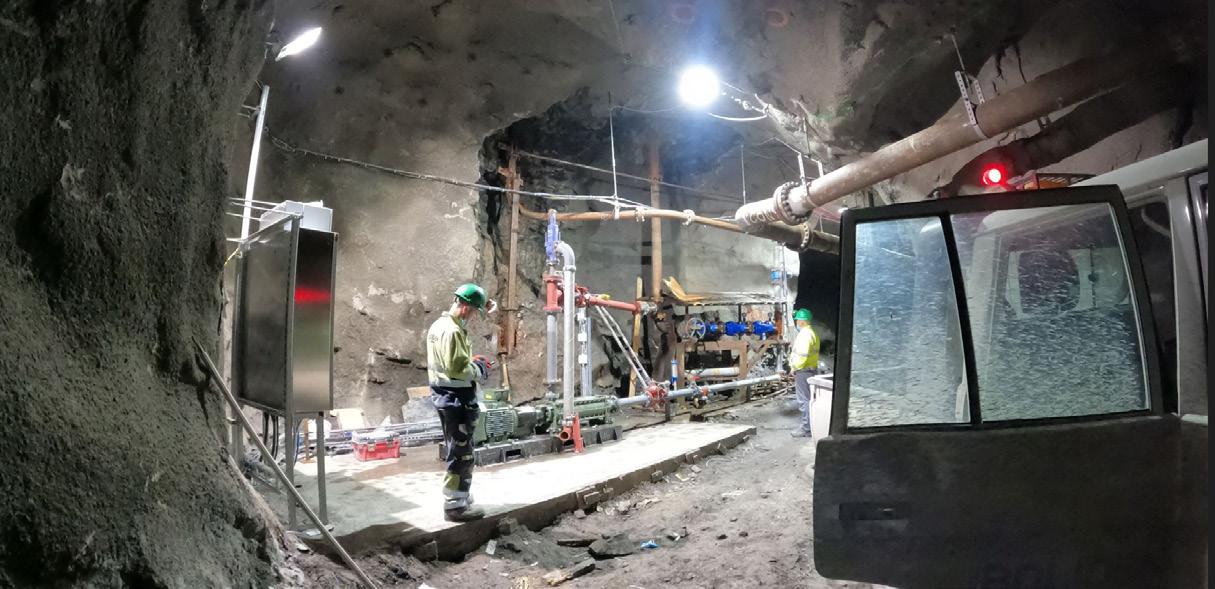
Large power companies are very familiar with hydro-generation. One operating in northern Spain operates sites totalling several GW of capacity. Some of its turbines are water-cooled for which it uses water from the reservoir. That cooling water arrives at high pressure which has to be dissipated before use. Whilst the energy dissipated (i.e., lost) from the cooling system seemed tiny compared to that produced by the big turbine, all the big turbine’s electricity was exported at high voltage and the site still had to import (and pay more per kWh for) low voltage power for the site’s local needs such as lights, heaters, etc. Now, instead of wasting that energy, they have an energy recovery turbine to reduce the pressure of the cooling water and supply power to run their domestic facilities.
Such industrial systems make use of the existing pipe network with usually only small modifications to create space for the turbine and add the valves and bypasses necessary for the particular needs of that site. Good design of such a system is critical especially in this application where if the cooling this has not been seen as economically viable. One such plant serves the town of Fethard in Ireland. There, the water starts its journey to the customer by being abstracted from a local stream, flowing down a pipe and into a tank at the head of a small treatment works. With a pump-based energy recovery turbine installed just before the water enters the tank, the site has significantly reduced its external electricity needs and providing a rapid return on the investment. system goes offline then the big (25MW) turbine has to be shutdown. The design must ensure the turbine, generator, control system and the valves in the pipework around the turbine all operate in a way that does not affect the primary function of the water network (in this case, cooling). At this reservoir in Northern Spain, the design (combined with a wet winter!) has ensured the energy recovery turbine has been operational throughout the 2023 winter season.
Water treatment works are places where, by definition, there is plenty of water and often a constant demand for that water. Many already use traditional made-to-measure hydro turbines but for some, particularly smaller, plants
How do these energy recovery solutions compare to other renewable energy investments? Given that most companies are retrofitting this type of solution into their existing pipes, there can be quite an element of variability for the enabling work such as pipe modifications needed to fit in a turbine. The cost per kW may be a little above a similar capacity solar array but, unlike a solar array, these solutions are often generating non-stop around the clock in an industrial setting where water is being used ‘24/7’. So, a 120kW energy recovery hydro working from a constant flow of water could produce similar annual energy as a 1MW solar array in the UK and cost a lot less. As a consequence, payback periods are typically under five years and in some circumstances where existing sites need very little modification, or were installed as part of a new build, payback periods can be as low as one year.
These solutions work best where there is either a large volume of water or a smaller volume but with a large drop to where it is needed. Typically, a site needs at least 10 litres/s and at last a 10m drop, preferably much more of one or both of these. It doesn’t have to be clean water either. If you can pump whatever type of water you have, then you can probably generate from it given the right conditions. Some industrial waste water for example can have a variety of chemicals in it and be quite acidic or alkaline but this does not stop each line, up to 22 litres arrives 300m below ground every second whilst they are operating. The pressure is huge at that depth and so they needed a series of pressure reducing valves before using the water. Now, after installing pressure, or ‘drop’, that you don’t need for your process, are you missing an energy recovery opportunity?
Author’s profile: Mike Pedley is Commercial Director
W O R K S H O P S
GROUND SOURCE HEAT PUMP PROJECT – FROM FEASIBILITY TO COMMISSIONING, AND BEYOND
The heat pump revolution is under way with the technology being the go-to solution to decarbonise heat This workshop will focus on a ground source heat pump installation project at Electricity North West Limited (ENWL)’s Oldham depot which is helping the company to reduce CO2 emissions and cut energy bills Installed in October 2021, the heat pump has already contributed to a 25% reduction in their site energy use During the session, the distribution network operator’s Net Zero Carbon Manager, Daniel Shanley, will offer an overview of the entire heat pump project from inception to commissioning, cover any practicalities of ongoing operation and discuss any lessons learned since the installation some 20 months ago.
PSDS PROJECTS – FROM APPLICATION TO VERIFICATION

ZOOM
DECARBONISATION AUDIT – STEPS AND CONSIDERATIONS
Decarbonisation audit, a fairly recent term in the context of energy management, could complement any energy audit if GHG emissions’ assessment is also the desired outcome in addition to energy uses. This workshop will outline what a decarbonisation audit can look like in an organisation, how to complete it, what typical outcomes and opportunities could be identified and how to establish the right decarbonisation paths to move forward towards the ultimate goal of reaching net zero or carbon neutrality The workshop will conclude with an opportunity to ask questions or discuss your decarbonisation challenges.
